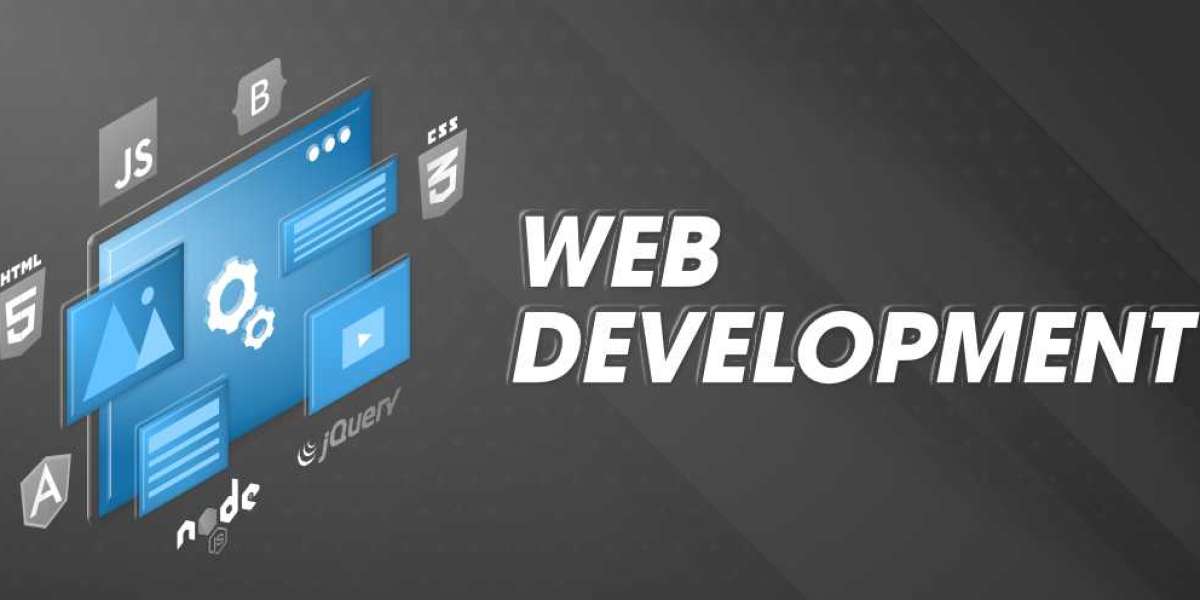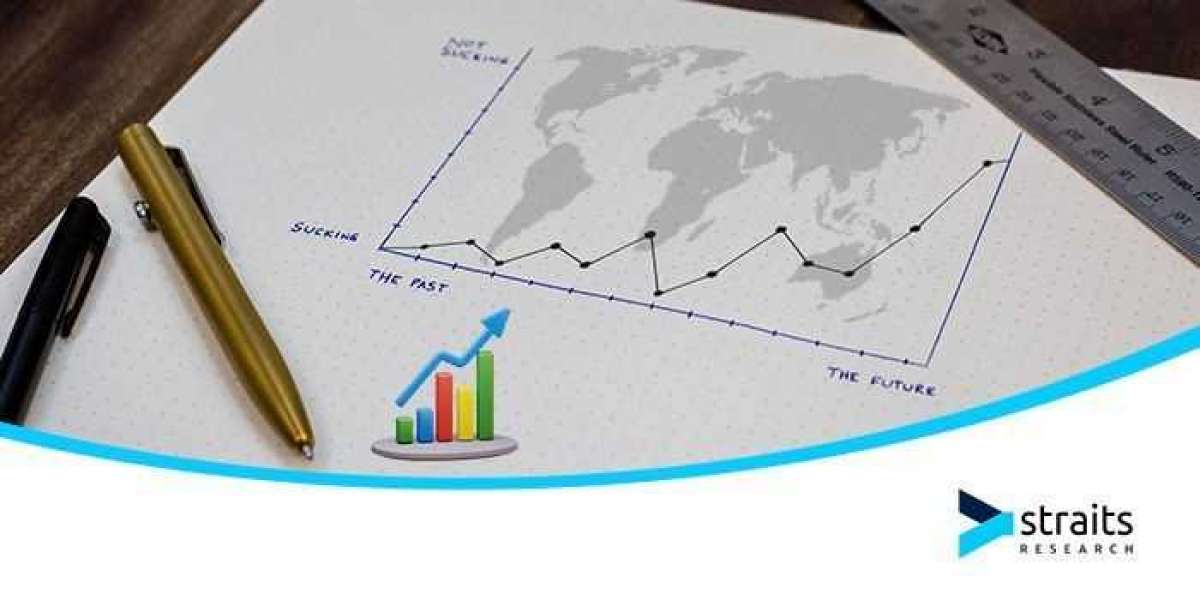App Development:-
App development started around 1983 when Steve Occupations made a major rendition of it. Since then, it has evolved with innovations to smooth out business processes.
versatile applications that are used in improving the applications of the own programming organization
All-in-one apps have become big business recently; in truth, measurements show that 21% of 20- to 30-year-olds open an app more than 50 times a day. While there's no denying the glory of apps, the sheer number of these custom programming apps can make it difficult to get results when building your own apps. As of August 2022, the Apple Application Store has 4.567 million apps and games, and the amount of apps in the Google Play Store has reached 3.57 million by July 2022. Therefore, it is good for your app to last on the assumption that they believe that many people should download it. In the end, it all depends on the development of the application.
But what is app development you may ask? To put it plainly, app development is a cycle in which designers create an application to be used on mobile phones, tablets and other mobile phones. While application improvement occasionally involves creating an electronic application or application workspace form, most application improvement projects are sent to portable and tablet gadgets. There are many elements and considerations that go into developing an application that will be explored further in this article.
Types of applications and what to think about during advanced
There are different kinds of apps built by engineers, such as native apps, HTML5 apps, and hybrid apps. The Run of the Mill application utilizes the organization's association with remote asset registration work. Many organizations have decided to invest in the development of their own applications to either further develop work efficiency and eliminate internal cycles, or to shift their plans to the open market.
When creating an app, engineers should think about various components such as screen size, settings, and device destination. Every part of a versatile application should come together to provide the end client with a fast, clean and easy-to-use interface plan. Following are a few different things that you will need to consider when improving your application.
Application Enhancement Lifecycle
The application improvement lifecycle highlights several phases associated with a normal application improvement project. These resources include:
- Planning
This first phase involves completing a business investigation and formulating a comprehensive system. This is usually a project manager, marketer and business analyst.
- Specialized
In this next phase, the specialized essay writer is responsible for displaying every specialized detail and assumption.
- Prototyping
In the prototyping phase, the sketch, wireframes and skins of the applications are created.
- Creation
This phase includes front-end and back-end coding sections and is performed by engineers.
- Quality Assurance To guarantee that the application works as it should, technical requirements are checked and device capabilities are investigated.
- Distribution
Finally, the app is distributed to the app store. Updates, new releases and new bugs require regular maintenance.
Front End versus Back End Advancement
During the coding system, designers encounter two basic ways: the front end and the back end. Front-end designers focus on how the app looks, while back-end engineers focus on how the app works. For example, a front-end developer would be in charge of developing the app's theme, style, presentation, and images.
A back-end designer would separate the information base as well as the security of the site, the clients and generally speaking the execution of the site. Programming dialects can also vary. For example, back-end developers may use Ruby, PHP, Python, Java, or Node.js, while front-end developers typically use HTML, JavaScript, or CSS.
This is also generally referred to as user interface and client experience (UI/UX). Overall, UI is overseen by front-end engineers, while UX is overseen by back-end designers. Many application development professionals today are referred to as "full-stack" designers because they perform both front-end and back-end work.
Key elements of portable applications
Portable apps often include many highlights designed to enhance the client experience. When promoting an app, you'll need to carefully consider what highlights you need to add to your product.
Many important points can contribute to the progress of an application development project, including the following:
Pop-up messages
Pop-up messages are an illustration of an element often used by application designers. These notices or messages constitute direct correspondence between organizations and clients. Push notifications can be used to build a direct text or email relationship with users who are already using your mobile app to increase their interest in your brand. This is preferable to building email lists or sending targeted ads.
Blends and enhancements
One more illustration of well-known advantages of portable applications includes one tick contact, QR scanner coordination, Google Indoor Guides, and augmented reality. Many businesses also use custom content, system features, and layouts to create a visually appealing and functional design. Integration with other existing applications or advancements can also work on the general view for the client.
Speed and security
While these may seem like obvious strengths, speed and security are the foundation of the app's progress. Custom apps that are fast, responsive, and provide a sense of security to the user are likely to outperform apps that use technologies that are generic, outdated, slow, or difficult to secure. Any custom app improvement venture should in any case create a quick and safe item that can be considered a triumph.
What is the future of app development?
As organizations move toward mature first methodologies, there is growing interest in enhancing applications that can support these drives. In particular, the advent of low-code, no-code reduced dependence on conventional programming progress and later enabled faster and more cost-effective application improvements.
Low-code and no-code phases allow non-specialist clients to build custom applications using visual interaction points and intuitive parts. The goal of these platforms is to make the app development process easier and faster, making it easier for employees to collaborate and come up with new ideas.
By 2024, 80 percent of non-IT professionals will be building apps, with more than 65% using low/no code devices. This allows streamlined IT teams to focus on more difficult and critical projects by eliminating manual, repetitive tasks.
How does app development work?
Application improvement includes specialized capabilities, innovative plan and board task. In addition to having a solid understanding of best practices in user experience design and app development, app developers must be proficient in programming languages, mobile platforms, and app development tools.
What does an app developer do?
An application designer is responsible for creating applications that will suddenly increase in demand at various stages. What are the use cases of application development? The specific responsibilities of an app developer can vary depending on the type of app they work on and the industry and company they work for.
The use cases for application development are varied and constantly evolving as organizations are constantly looking for better approaches to use innovation to work on their tasks. Here are some common models of client confrontation apps, representational confrontation apps, bulletin board apps, instructional apps, medical service apps, and so on.








